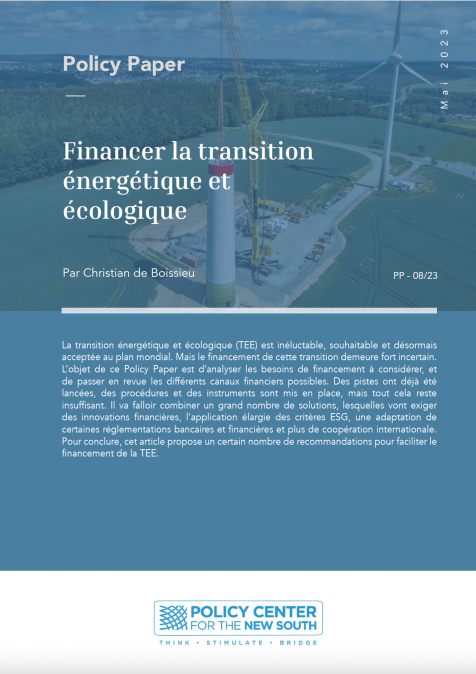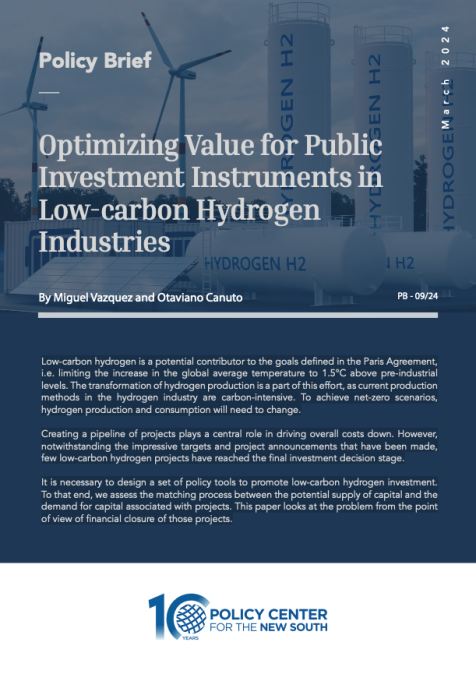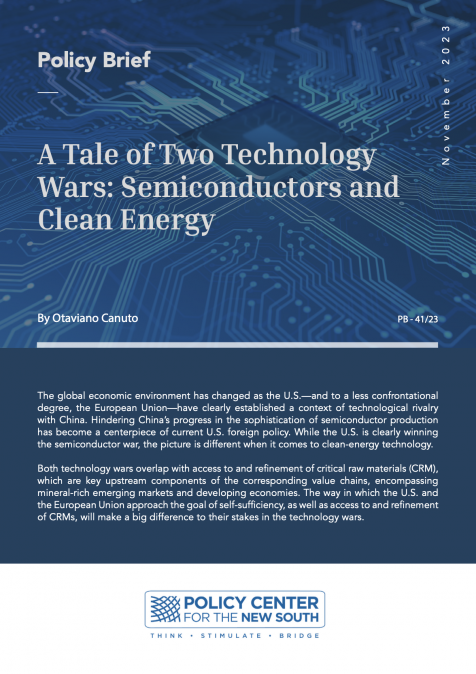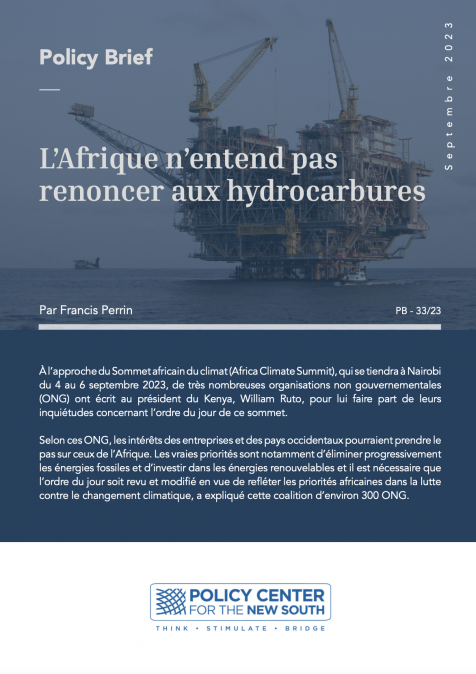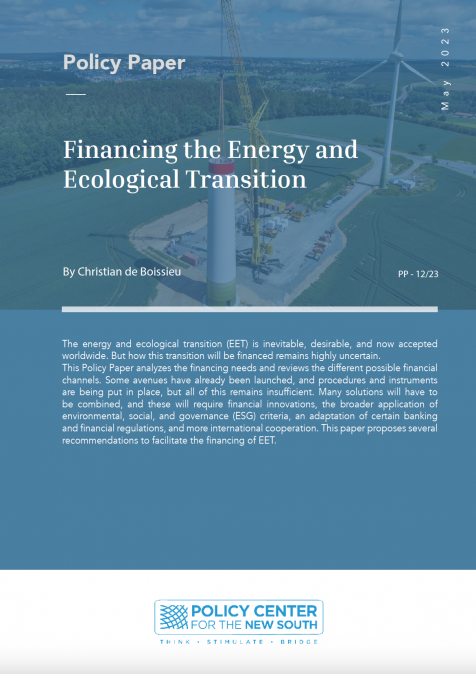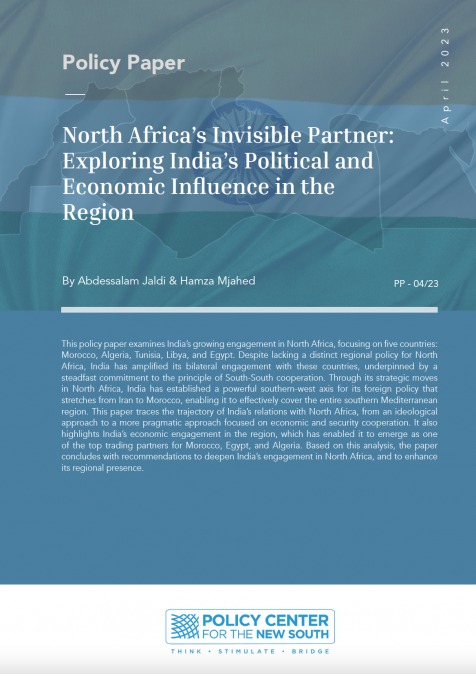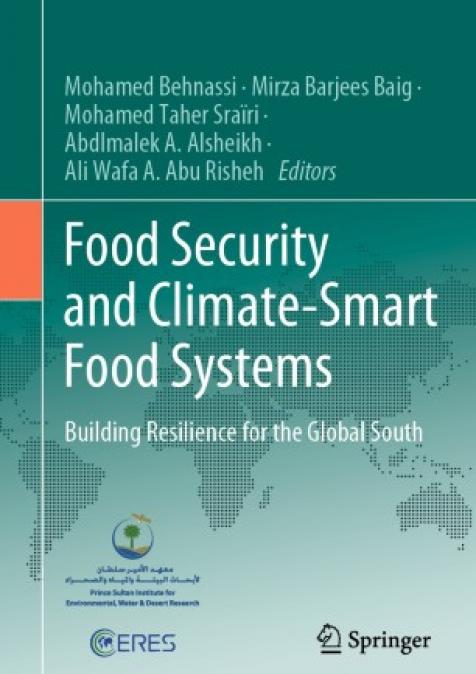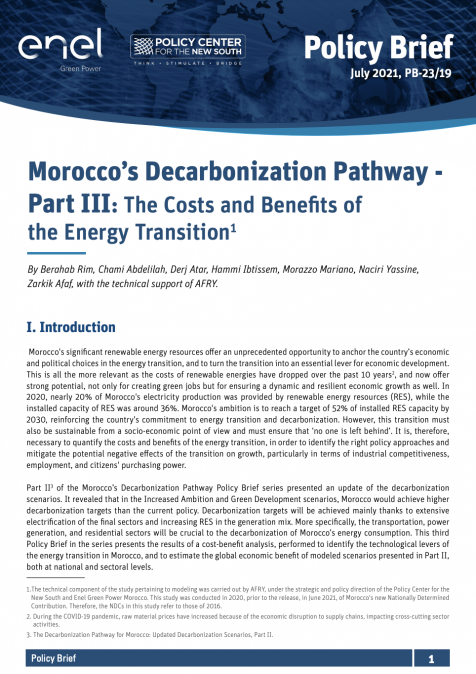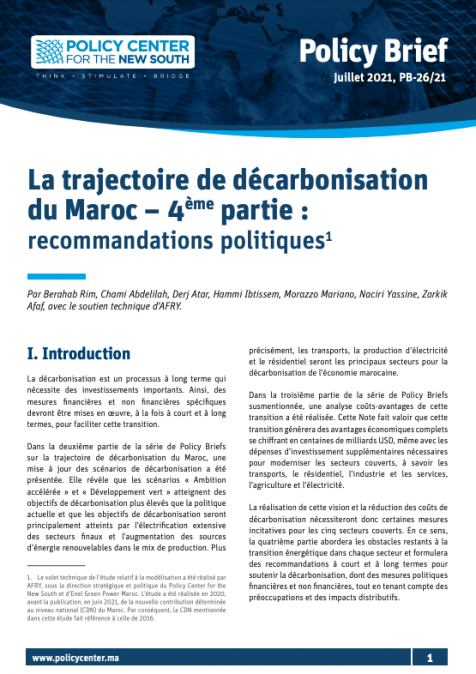Publications /
Policy Paper
La transition énergétique et écologique (TEE) est inéluctable, souhaitable et désormais acceptée au plan mondial. Mais le financement de cette transition demeure fort incertain. L’objet de ce Policy Paper est d’analyser les besoins de financement à considérer, et de passer en revue les différents canaux financiers possibles. Des pistes ont déjà été lancées, des procédures et des instruments sont mis en place, mais tout cela reste insuffisant. Il va falloir combiner un grand nombre de solutions, lesquelles vont exiger des innovations financières, l’application élargie des critères ESG, une adaptation de certaines réglementations bancaires et financières et plus de coopération internationale. Pour conclure, cet article propose un certain nombre de recommandations pour faciliter le financement de la TEE.

